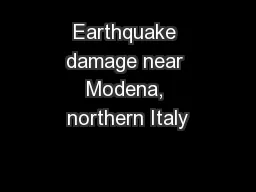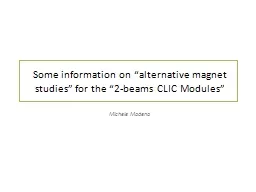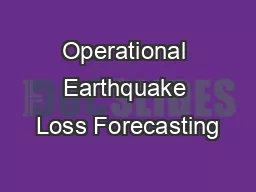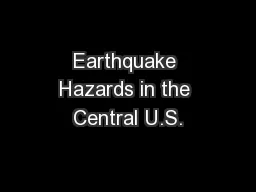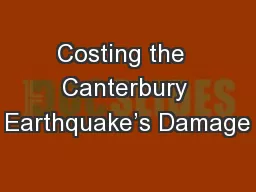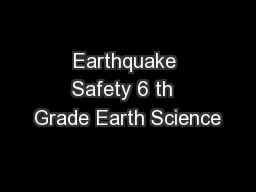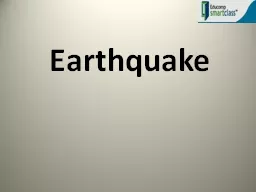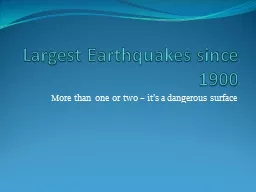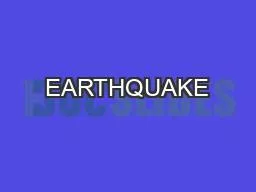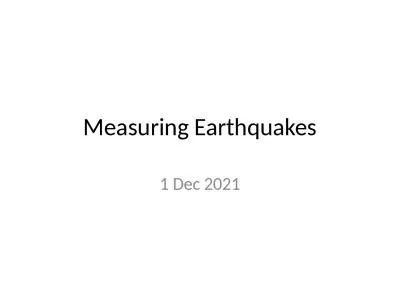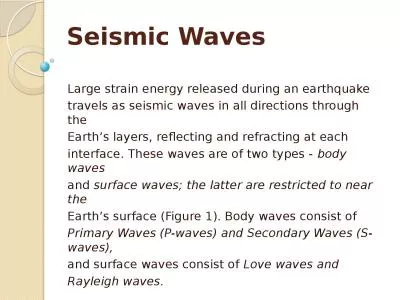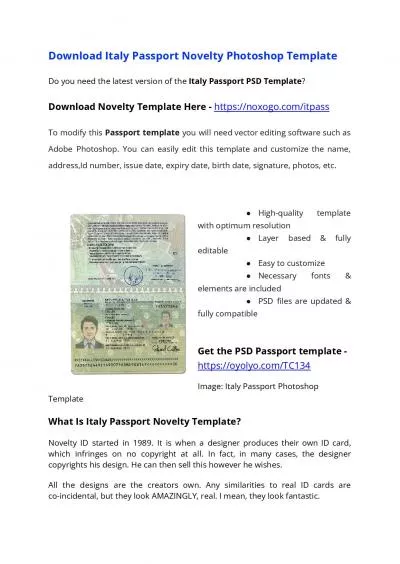PPT-Earthquake damage near Modena, northern Italy
Author : mitsue-stanley | Published Date : 2018-01-06
Magnitude and Intensity M w 60 amp 58 MMI VIVII Date May 20 th and 29 th 2012 Todays Presentation A short lecture activity sequence designed to engage students in
Presentation Embed Code
Download Presentation
Download Presentation The PPT/PDF document "Earthquake damage near Modena, northern ..." is the property of its rightful owner. Permission is granted to download and print the materials on this website for personal, non-commercial use only, and to display it on your personal computer provided you do not modify the materials and that you retain all copyright notices contained in the materials. By downloading content from our website, you accept the terms of this agreement.
Earthquake damage near Modena, northern Italy: Transcript
Download Rules Of Document
"Earthquake damage near Modena, northern Italy"The content belongs to its owner. You may download and print it for personal use, without modification, and keep all copyright notices. By downloading, you agree to these terms.
Related Documents

